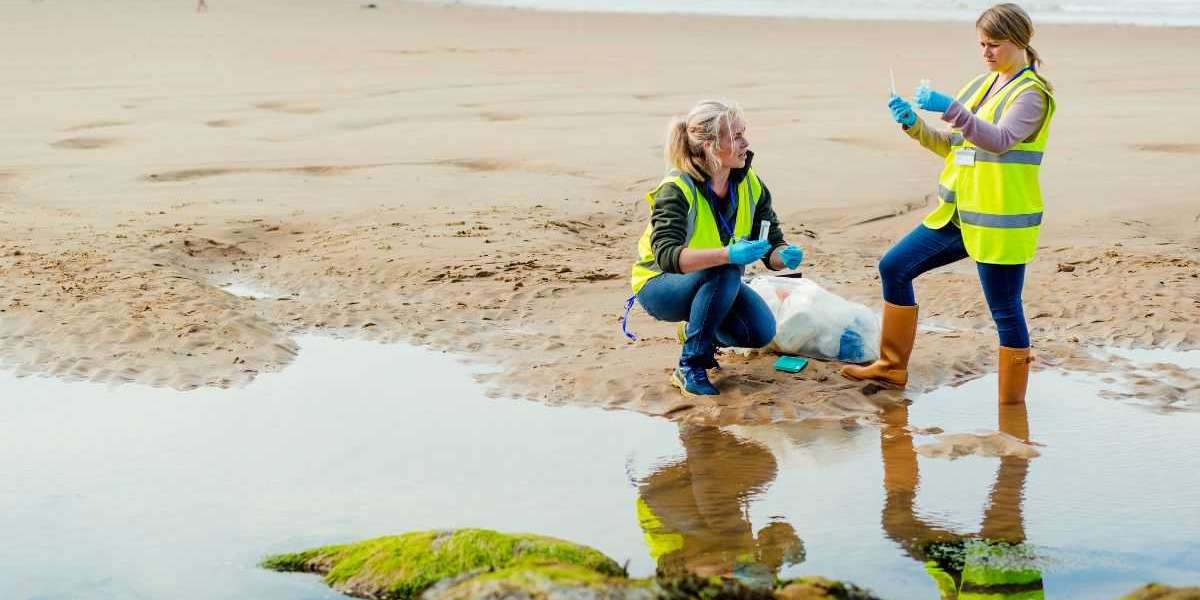Environmental Impact Assessments (EIAs) are crucial tools in the pursuit of sustainable development. Governments, organizations, and stakeholders rely on EIAs to understand and mitigate the potential environmental impacts of proposed projects or policies. This article aims to provide a comprehensive guide to best practices in EIAs and the essential role of consultants in ensuring accurate and objective assessments. By shedding light on this topic, we hope to empower readers to make informed decisions that minimize harm to the environment.
Table of Contents
- Understanding Environmental Impact Assessments
- Best Practices for Effective EIAs
- The Crucial Role of Consultants in EIAs
- Current Trends and Innovations in EIAs
- Case Study: Successful EIA Implementation
- Conclusion
Understanding Environmental Impact Assessments
Environmental Impact Assessments, often referred to as EIAs, are systematic evaluations that identify and assess the potential environmental consequences of proposed projects or actions. The purpose of an EIA is to predict, evaluate, and communicate the impact a project may have on the natural environment and surrounding communities.
The assessment process typically involves the following key components:
- Gathering baseline data on the existing environmental conditions.
- Identifying potential impacts and their significance.
- Exploring alternatives and potential mitigation measures.
- Assessing cumulative impacts.
- Communicating findings and recommendations to decision-makers and stakeholders.
Conducting EIAs is essential for sustainable development, as they help identify and address potential environmental risks before they occur. By considering ecological, social, and economic factors, EIAs contribute to informed decision-making that balances development with environmental protection.
Best Practices for Effective EIAs
Consultants with specific expertise in environmental science, natural resource management, and impact assessment methodologies play a pivotal role in conducting comprehensive EIAs. Their knowledge allows for accurate analysis of potential impacts and identification of appropriate mitigation measures.
Conduct thorough research and data collection
An effective EIA requires a robust collection of baseline data. This includes information about the project site, local ecosystems, biodiversity, and cultural and socio-economic conditions. Thorough research ensures accurate predictions and allows for comprehensive impact assessments.
Involve stakeholders and gather public opinion
Engaging stakeholders and incorporating public opinion is vital for a participatory and transparent EIA process. Consultation with affected communities, indigenous groups, and other stakeholders ensures that their concerns, values, and knowledge are taken into account. This inclusive approach fosters trust and enhances the quality and acceptance of the EIA.
Assess alternatives and potential mitigation measures
An EIA should consider both project alternatives and potential measures to minimize adverse impacts. By evaluating different options, decision-makers can select the most environmentally sustainable and socially beneficial course of action. Mitigation measures, such as habitat restoration or pollution control, should be explored to ensure negative impacts are minimized.
Maintain transparency and documentation throughout the process
Transparency is key to the credibility and acceptance of an EIA. All stages of the assessment process, including data collection, analysis, and decision-making, should be well-documented and made available to the public. This promotes accountability and allows stakeholders to understand the basis for the assessment outcomes.
The Crucial Role of Consultants in EIAs
Environmental consulting brings specialized knowledge and experience to EIAs, enabling them to conduct thorough assessments. From determining appropriate methodologies to interpreting complex environmental data, consultants are well-equipped to navigate the intricacies of impact assessments. The collaboration between clients, regulators, and consultants ensures a comprehensive evaluation of potential environmental risks and impacts.
How consultants contribute to addressing complex environmental issues
Consultants play a crucial role in addressing complex environmental issues within EIAs. They provide insights and recommendations to help decision-makers understand and mitigate potential risks and impacts. By conducting thorough assessments, consultants help identify the most effective strategies to promote environmental sustainability while supporting economic development.
Collaborative efforts between consultants and stakeholders for optimal outcomes
Effective collaboration between consultants, project proponents, and stakeholders is essential for successful EIAs. By involving stakeholders throughout the assessment process, consultants can incorporate local knowledge, address concerns, and build consensus. This collaborative approach fosters understanding and generates better outcomes for both the environment and affected communities.
Current Trends and Innovations in EIAs
The advent of advanced mapping tools, remote sensing technologies, and Geographic Information Systems (GIS) has revolutionized the field of environmental assessments. These tools provide accurate data for mapping biodiversity, habitat connectivity, and land-use patterns. By leveraging technology, EIAs can achieve more precise and reliable assessments.
Incorporating climate change considerations
EIAs are increasingly incorporating climate change considerations to assess potential impacts and vulnerabilities. This includes evaluating greenhouse gas emissions, assessing vulnerability to extreme weather events, and identifying adaptive measures. By integrating climate change into EIAs, projects can adapt to future challenges and contribute to climate resilience.
Integrating social and economic dimensions in assessments
To ensure comprehensive assessments, EIAs are evolving to consider social and economic dimensions alongside the environmental impact evaluation. This holistic approach takes into account the potential effects on cultural heritage, human health, employment, and the overall well-being of communities. By addressing all aspects, EIAs support sustainable and equitable development.
Case Study: Successful EIA Implementation
Case studies provide valuable insights into the practical implementation of EIAs. One exemplary project involves the construction of a wind farm in a rural community. The EIA assessed potential impacts on bird habitats, noise levels, and visual aesthetics. Through effective mitigation measures and community engagement, the project successfully minimized adverse impacts and provided clean renewable energy to the region.
Key takeaways and lessons learned from the case study
The case study highlights the importance of early stakeholder engagement, consideration of alternative locations, and the application of innovative mitigation measures. It demonstrates that through thorough assessments, collaboration, and proactive measures, EIAs can contribute to sustainable development while minimizing environmental harm.
Conclusion
Environmental Impact Assessments (EIAs) are crucial for informed decision-making that promotes sustainable development. By engaging expert consultants, conducting thorough research, involving stakeholders, assessing alternatives, and maintaining transparency, EIAs can effectively address environmental impacts. Consultants play a vital role in this process by providing expertise, addressing complexities, and collaborating with stakeholders. With ongoing developments in technology, climate change considerations, and a more integrated approach, EIAs will continue to evolve and contribute to a greener and more sustainable future.








